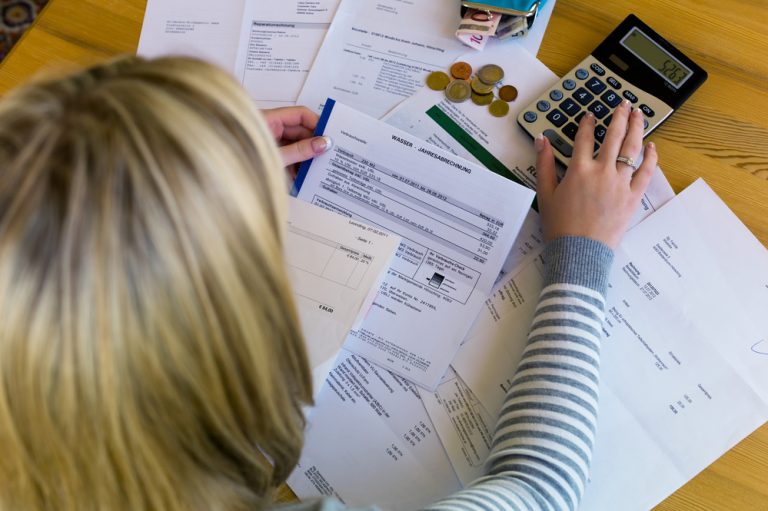Why You Don’t Need Debt to Build Wealth for Retirement
The question I’m often asked is whether it’s still possible to accumulate enough wealth for retirement without taking on debt. And the answer is simple: yes, it is. While leveraging debt can speed up wealth creation, it’s not the only path. In fact, avoiding debt is a strategy that’s worked for countless clients who have achieved financial independence through consistency, discipline, and time. The Role of Debt in Wealth Creation Debt, when used responsibly, can accelerate your financial goals. But here’s the reality: with debt comes risk. If investments don’t perform as expected, debt can amplify losses. That’s why it’s worth asking, “Can I build wealth without the stress and risk of debt?” The Path to Wealth Without Debt The answer lies in time, consistency, and compounding interest. When you start early and save regularly, your money grows—not just from the returns you earn but from the returns on those returns. This is the power of compounding. I’ve worked with clients who avoided debt entirely, choosing to focus on saving, investing, and living within their means. They’ve built substantial wealth without ever owing the bank a cent. The secret? What About Returns Without Leverage? While it’s true that debt can boost returns in the short term, high-quality investments can deliver excellent growth over time—without borrowing. How to Plan for a Debt-Free Retirement To make debt-free retirement a reality, you need a plan. Here’s how: Is It Really Boring? Or Is It Rewarding? Some people might call this approach boring. But personally, I don’t think it is. Following high-quality businesses, watching them grow, and seeing the compounding effect play out is far from dull. What’s even more exciting is reaching retirement with financial independence, knowing you avoided unnecessary risk. Final Thoughts Debt can be a useful tool, but it’s not the only path to retirement wealth. A debt-free journey takes time, discipline, and the right investments—but it’s absolutely achievable. If you’re not sure where to start, run the numbers or work with someone who can. Projections and a clear savings plan are vital to staying on track. Retirement isn’t about having the biggest portfolio; it’s about having the freedom to live on your terms—and you don’t need debt to make that happen. The information provided in this article is general in nature only and does not constitute personal financial advice.








